TELEDYNE LEEMAN LABS
ICP-OES and ICP-AES Spectrometers, Quantometer DC-Arc
Teledyne Leeman Labs, Company with multidisciplinary expertise composed of scientists, engineers and professionals enthusiastic for atomic spectroscopy services. The mission is to produce fine, quality instruments worldwide in the elementary analysis sector. The aim is to constantly raise the bar by providing scientists and analysts with cutting-edge equipment to achieve extraordinary results and this is achieved through innovation, dedication, and constant renewal
PRODIGY ICP-OES SPECTROMETER SERIES
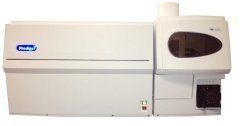
ICP-OES and ICP-AES SPECTROMETERS
THE RANGE IS MADE UP OF THREE MODELS
Prodigy 7
Simultaneous, axial, radial, dual view (165-1100 nm),
CMOS detector (actual simultaneous acquisition)
(FSA) Full Spectra Access collection of the entire spectrum of wavelengths in a single reading
Extremely fast methods, can read 256 wavelengths simultaneously
Prodigy
Simultaneous, axial, radial, dual view (165-1100 nm),
Detector L-PAD (Large Programmable Array Detector)
Prodigy XP
Simultaneous, axial, radial, dual view (170-900 nm)
C-PAD Detector
PRODIGY 7 SPECTROMETER ICP-OES SIMULTANEOUS
THE FIRST AND ONLY ICP-OES IN THE WORLD WITH CMOS TECHNOLOGY

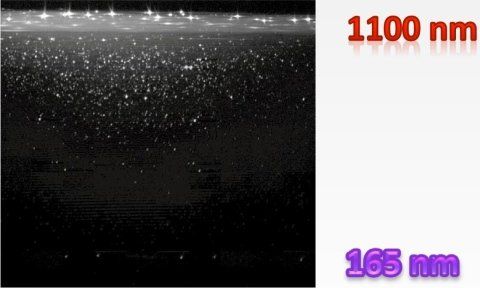
- ICP-OES SPECTROMETER with simultaneous high-resolution optics
- Optics configurable as axial, radial, dual view
- Wide measuring range 165-1100 nm
- CMOS detector (Complementary, Metal, Oxide, Semiconductor) of large dimensions (28x28 mm) for a truly simultaneous acquisition
- 40 times faster than an L-PAD detector
- High resolution detector with 3.38 million pixels
- (FSA) Full Spectra Access collected from the entire spectrum of wavelengths in a single reading
- Extremely fast readings, it can read 256 wavelengths simultaneously
- Extremely compact design
- Reduced gas consumption (typically 12 l / min)
- IMAGE OF STABILISED PLASMA FOR FAST HEATING OF SPECTROMETER AND TO ENSURE STABLE ANALYSIS IN THE LONG RUN
- 500 mm optical bench, low diffused light, resolution of 0.007 nm @ 200 nm
- Plasma with power at 40.68 MHz free-running for the rapid, simple and effective analysis of aqueous solutions, high concentration solution, biological samples, etc..
Teledyne Leeman Labs - Mercury Analysers
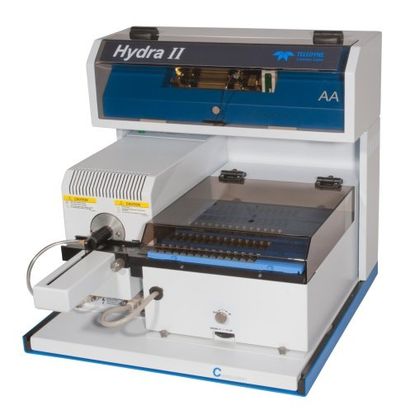
Hydra IIAA
Mercury analyses up to 5 ng / l. A cold vapour atomic absorption (CVAA), offers the performance needed to meet the regulatory needs, ensuring the productivity needed in laboratories to operate efficiently.
Hydra IIC
for analysis of solid samples
Analysis of solids / semi-solids, eliminates the mineralisation of the sample, allows for time to be saved and reduces management costs.
Unique calibration curve for all the matrices
Mercury Analysers
Teledyne Range - Cetac
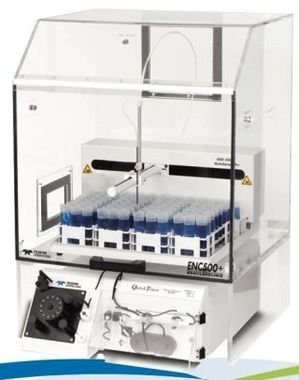
Mercury analyses up to 0.05 ng / l.
Atomic Fluorescence in cold vapours (CVAF), ideal for Mercury ultra-trace analysis, it meets the detection limits required by the EPA 1631 method. The M-8000 is also versatile enough to analyse samples greater than 400 mg / l without dilution.
QUICK TRACE M-8000
Mercury Analysers
Teledyne Range - Cetac

Mercury analyses up to 0.5 ng / l.
Cold vapour atomic absorption (CVAA), easy to reach the limits of detection required by customers using EPA methods 245.7.
The LM-7600 is designed for use by routine analysis research, ideal for any aqueous samples.
Exclusive GLS (Gas Liquid Separator) patented for better performance with a reduced sample consumption
QUICK TRACE M-7600
Mercury analysers
Operational diagram

Mercury M-7600 and M-8000 analyser functional diagram
WHY CHOOSE THE Dc Arc TECHNIQUE?
Some interesting features

Direct analysis of conductive and non-conductive samples
Eliminates the sample digestions
Very low detectability limits (high analytical sensitivity)
Fast quantitative analysis, semi-quantitative or qualitative analysis
Captures the full spectrum, collection of the "FINGERPRINT" of the sample
The cost of analysis is very low
It is inexpensive to maintain
QUICK TRACE M-7600
DC ARC Teledyne Spectrometer
Prodigy DC Arc Quantometro
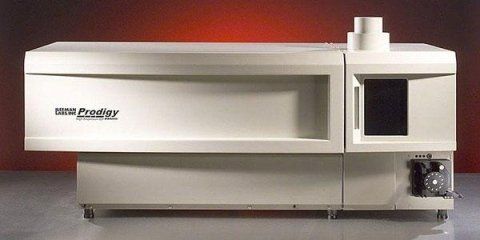
Analysis of metals on solid matrices no digestion of the sample.
Allows for rapid elementary analysis (metal analyses) of the samples like:
Glass and Ceramics
metal oxides, carbides, Borides, Nitrides
Refractory powders such as SiC
graphite powder
precious metals and traces in metals
geological materials
Nuclear materials: uranium oxide, plutonium oxide
Soils, sludges, ash
paints.




